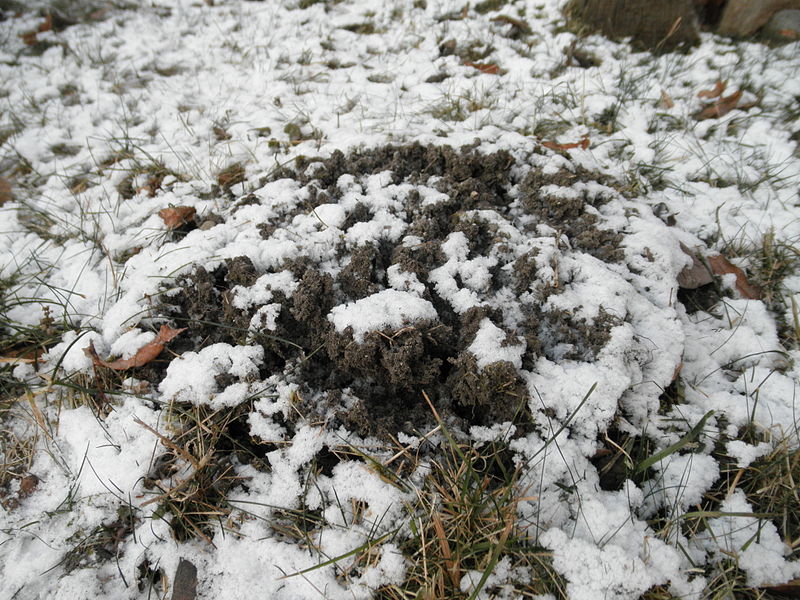Winter is often a time of great upheaval for trees. Temperatures plummet, accompanied by harsh, dry winds and inclement weather. Storms gather that can linger for days, blanketing trees and landscapes in a thick coat of ice or snow. These conditions often leave trees ailing from a number of winter injuries. One of the most common is a soil affliction called frost heaving.
What Is Frost Heaving?
Frost heaving is a swelling of soil that occurs when the soil has been exposed to freezing temperatures. Ice forms in the soil and expands, causing plant roots, and in more severe cases, plants, to be heaved out of the soil, and exposed to the frigid climate. This often results in frost damage or winter desiccation injury to roots and plants. If the injury is serious enough, it can result in the plant’s death.
How Frost Heaving Occurs:
When soil is exposed to freezing temperatures, it becomes vulnerable to frost heaving. The cold air sinks into the ground and freezes water into the soil, creating an abundance of small ice particles. These particles come together to form a layer of ice called an ice lens. When additional moisture is drawn upwards from the deeper soil layers, it encounters the cold air and freezes, causing the ice lens to expand further. As the ice lens develops, it displaces the soil above it. This causes an excessive amount of pressure to build throughout the soil layers. Upward pressure damages the soil structure, resulting in the formation of deep cracks in the soil that cause plants root to be heaved out of the ground. Downward pressure causes the soil to become compacted, restricting airflow and water drainage. This can create additional stressors for the plant, and sap it of vital nutrients that it requires to sustain itself through the winter months.
Soil Susceptibility:
Some types of soil are more susceptible to frost heaving. Those that promote greater capillary flow, such as silt and loam types, have an increased susceptibility. Soil types that are dense or porous are more immune to frost heaving. These include dense clays that have small pore sizes, and clean sands and gravels, which have pore sizes too large to promote strong capillary flow.
Prevention:
A layer of organic mulch should be applied to the soil to help reduce frost penetration, and moderate soil temperature. Leaves are especially effective at trapping air, and provide a healthy layer of insulation. An additional layer of compost can be applied to improve soil drainage. Well-drained soils warm faster in the spring.
The soil level should be maintained annually in order to prevent it from developing any low spots. Finally, when planting, select plants and cultivars that are more resistant to cold temperatures. Hardier plants are not as prone to frost heaving.
Photo courtesy of Michal Manas


